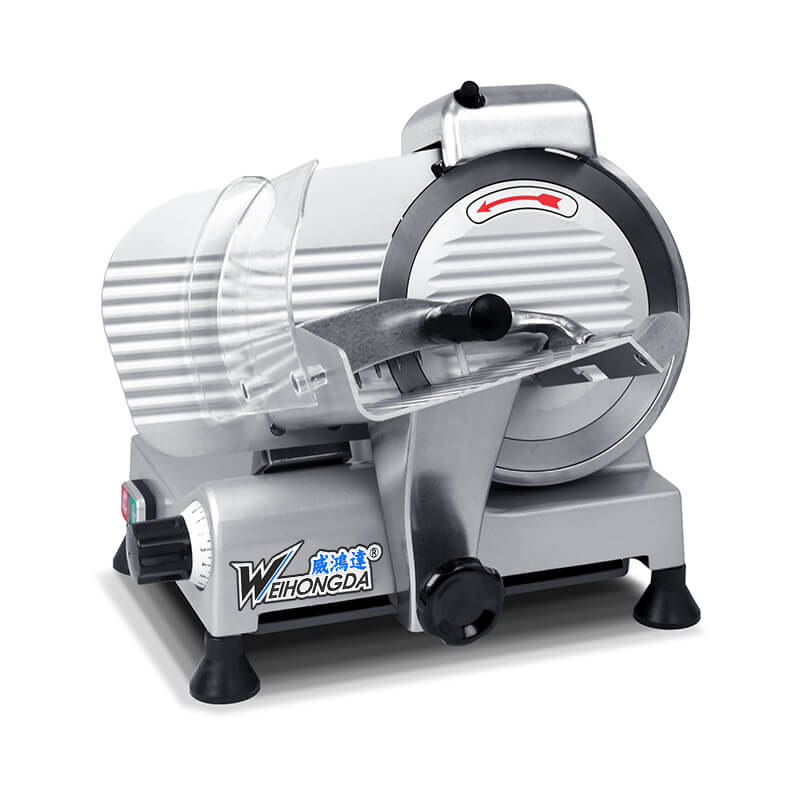Introduction of Meat Slicer Grease
Maintaining a meat slicer grease in optimal condition is crucial for any butcher shop or deli. These machines are vital for slicing meats efficiently, and the use of high-quality grease is essential to their smooth operation. Proper maintenance, including regular cleaning and lubrication, ensures the longevity and performance of the slicer. In this article, we’ll explore the importance of regular meat slicer grease maintenance and provide tips on how to keep your machine in top shape.
The Role of Grease in Meat Slicer Grease Operation
Grease as a Protective Film
Grease plays a critical role in the operation of a meat slicer by forming a thin protective film between moving parts such as the blade, guide plates, and housing. This film reduces friction, preventing excessive wear and heat buildup during operation. Without adequate lubrication, the slicer could experience increased wear, leading to more frequent breakdowns and a shorter lifespan.
The Impact of Contaminants on Meat Slicer Grease
Contaminants and Efficiency
Over time, the grease in a meat slicer can become contaminated with food particles, dust, and other debris. This contamination reduces the efficiency of the slicer by increasing friction and wear on the components. It is essential to maintain clean grease to ensure the slicer operates smoothly and efficiently.
Steps for Proper Cleaning and Lubrication
Essential Cleaning Process
To maintain your meat slicer, start by unplugging the machine and allowing any residual food particles to cool. Use a soft-bristled brush or cloth to remove visible debris from the slicer’s exterior, focusing on accessible areas like the blade, guide plates, and housing. This step ensures that the slicer is free from contaminants before applying fresh grease.
Applying Fresh Meat Slicer Grease
Selecting and Applying Grease
Once the slicer is clean, the next step is to apply fresh grease. The type of grease required depends on the specific model of your slicer, so always refer to the manufacturer’s guidelines. Typically, a high-quality lithium-based grease is suitable for most models. Use a clean, dry cloth or applicator to distribute a thin, even layer of grease over the slicer’s moving parts, ensuring comprehensive coverage.
Inspecting and Maintaining the Grease Reservoir
Grease Reservoir Maintenance
Regular inspection of the meat slicer’s grease reservoir is crucial. If the grease level drops below the recommended minimum, topping it up with fresh grease is necessary. However, avoid overfilling, as excess grease can be forced into the mechanical seals, potentially causing damage and shortening the slicer’s lifespan.
Conclusion of Meat Slicer Grease
Regular maintenance, including proper cleaning and lubrication, is essential for ensuring your meat slicer operates efficiently and remains reliable over time. By following these simple steps, you can extend the life of your slicer, prevent costly repairs, and maintain a high standard of performance in your shop or deli. Don’t overlook the importance of grease maintenance—it’s a small task that pays off with big results.
FAQ: Meat Slicer Grease Maintenance
- Why is grease important for a meat slicer?
- Grease forms a protective film between moving parts, reducing friction, preventing excessive wear, and ensuring smooth operation.
- What happens if grease becomes contaminated?
- Contaminated grease, filled with food particles, dust, and debris, can reduce the slicer’s efficiency and increase wear on its components.
- How often should I clean and lubricate my meat slicer?
- Regular cleaning and lubrication should be done according to the manufacturer’s guidelines, typically after each use or as part of a routine maintenance schedule.
- What type of grease should I use?
- The type of grease depends on your slicer’s model. Generally, a high-quality lithium-based grease is recommended, but always check the manufacturer’s instructions.
- How do I apply grease to my meat slicer?
- After cleaning, use a clean, dry cloth or applicator to apply a thin, even layer of grease to all moving parts, including the blade, guide plates, and housing.
- How do I maintain the grease reservoir?
- Regularly inspect the grease reservoir and top it up if the level is low. Avoid overfilling, as this can lead to damage from excess grease entering the mechanical seals.
- What are the benefits of regular grease maintenance?
- Regular maintenance extends the slicer’s lifespan, prevents costly repairs, and ensures reliable and efficient performance.

